How to extract a qualified espresso
How to extract a cup of good espresso coffee
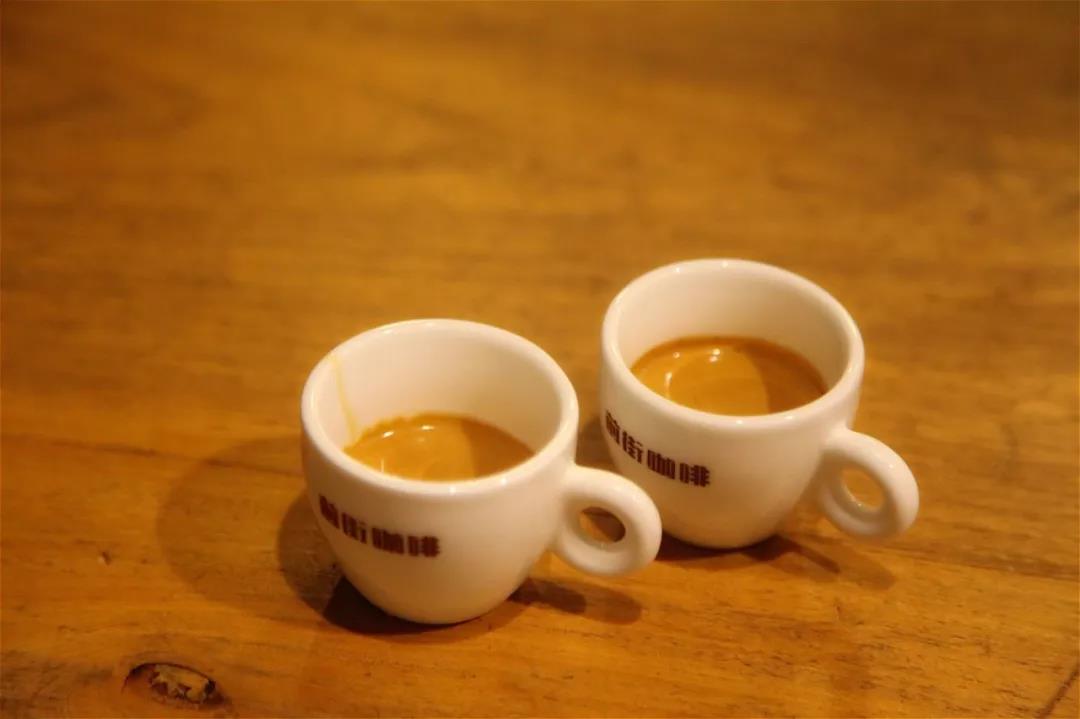
Espresso: about 30 ml of coffee essence, a good cup of Espresso is complex, rich and sweet, it is the best start to our day.
Espresso isn't just a drink, it's a favorite of most coffee lovers, just like lattes, cappuccinos, Americanos, frappes, cottados, macchiatos…(it's also the base from which they're made).
In other words, learning how to make a good Espresso is probably the most important thing you can do to become a barista.
Remember: to extract a good Espresso requires professionalism, attention to detail and consistency at all times. Now, let's get started.
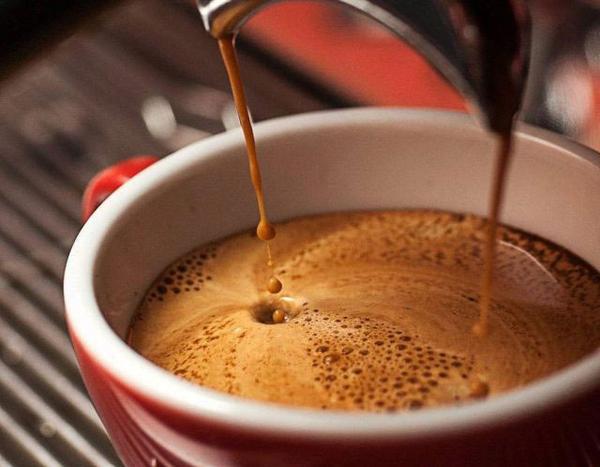
Basic parameters of Espresso
As with any coffee, you need to know the amount of ground coffee (and the fineness of the ground coffee), the amount of water, the extraction time, and the final amount of coffee extracted. These factors are all relevant to coffee making, but for Espresso, you can ignore the water factor for now.

Let's break it down:
·The extraction time is 25 seconds. Try to stick to that unless you plan on doing something different.
·The amount of ground coffee will depend on the size of your powder bowl (single and double heads), and each extract of Espresso requires 8-10 grams of ground coffee.
·A serving of Espresso is usually 25-35 ml, which can be easily adjusted by other parameters.
Then remember: these parameters are a flexible guideline for you, not a fixed rule that you must follow. Different coffee beans need to be treated differently, some require a longer extraction time, while others are the opposite. The roasting and grinding degree of the coffee beans also affect each parameter.
You can use these rules as a reference when learning how to extract Espresso, and if you want to make greater progress, don't be afraid to try. Remember: it's the final taste that counts, and you won't know what you're getting until you drink it. These parameters will help you extract a good cup of Espresso, but they are not the criteria for customer ratings.
Now that we have Espresso's parameters, let's get started.
1, the cup.
Before using coffee cup remember warm cup, use hot water rinse, hot coffee cup can better maintain the flavor of coffee.
2. Extraction handle & powder bowl
Next, check that your extraction handle is clean and dry, and remember that residual coffee grounds can affect the flavor of Espresso. Wet powder bowls will also affect the extraction of Espresso, which will make the coffee powder moist.
3. Coffee bean grinding degree and powder amount
Put the ground coffee powder into the powder bowl, pay attention to the control of grinding degree and powder amount, and ensure that it does not cause insufficient extraction or excessive extraction (insufficient extraction will cause sour taste, excessive extraction will increase bitter taste). If you have a bean grinder that is calibrated accurately, it is easy to control. If not, use an electronic scale.
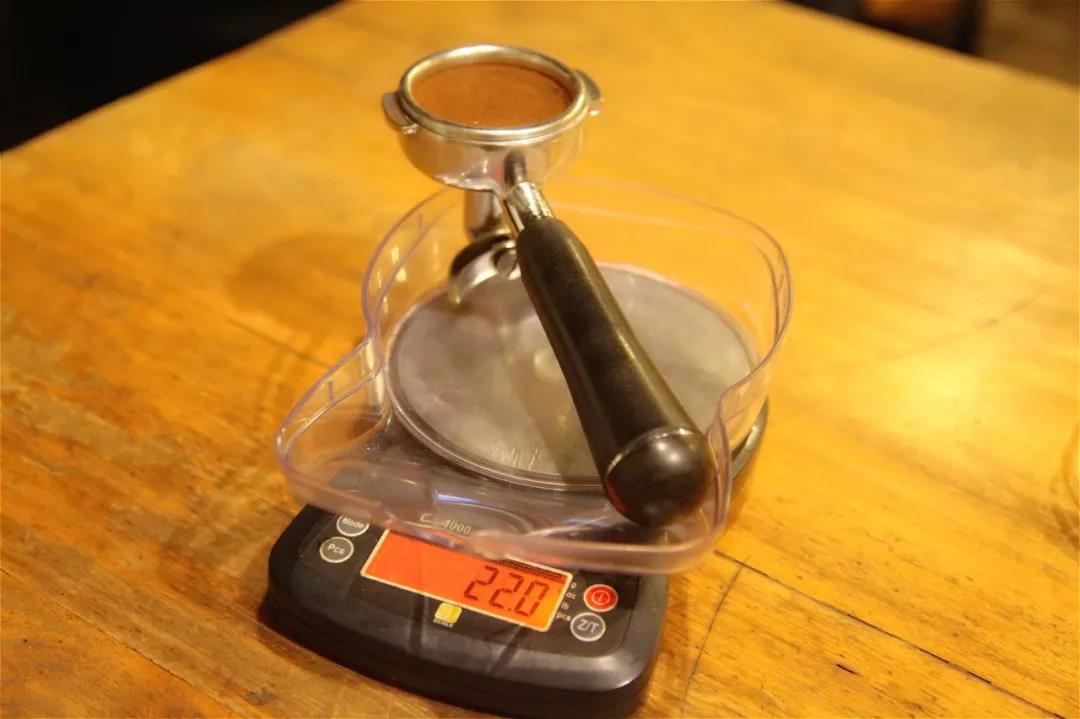
4, cloth powder
Tap the rim of the powder bowl to evenly distribute the coffee powder, if you have a powder distribution tool available. This step is very important, it will ensure that there is no excessive gap between the coffee powder, the gap is too large due to the channel effect of water, extraction water will be more towards the gap, rather than evenly through the coffee powder, which will cause some coffee powder will be over-extracted.
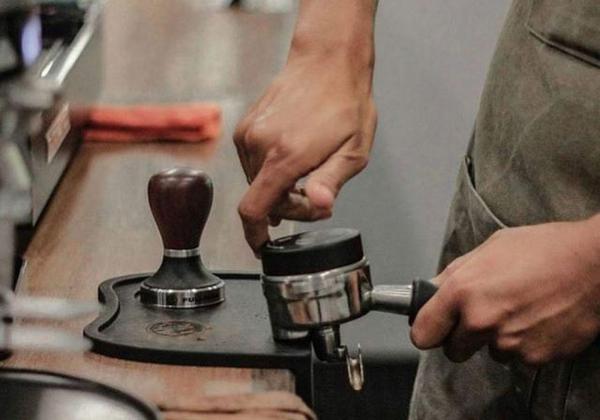

5. Powder pressing
The goal of this step is also to eliminate gaps between coffee powders and ensure that coffee powder is evenly distributed.
Press the coffee powder with a powder hammer, making sure your arm is pressing vertically and evenly along the coffee powder. The usual saying is that it takes 30 pounds of pressure, and you don't have to comply with that. Vertical force ensures a smooth surface of the coffee powder, which avoids inconsistent extraction.
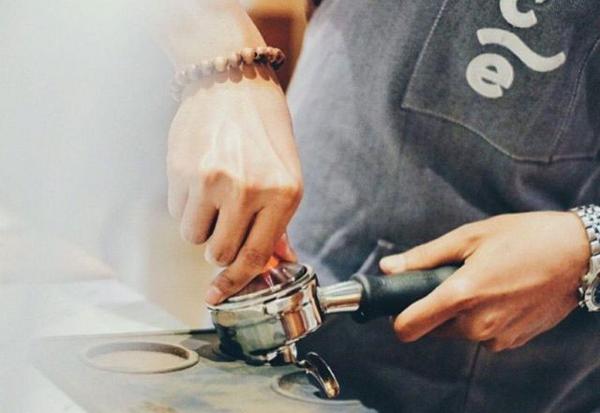
6, correction powder cake
Use a powder hammer to correct the surface of the coffee powder. Place the powder hammer on the coffee powder and rotate it. This will eliminate the small ridges on the coffee powder surface and ensure that the coffee powder surface is flat and smooth.
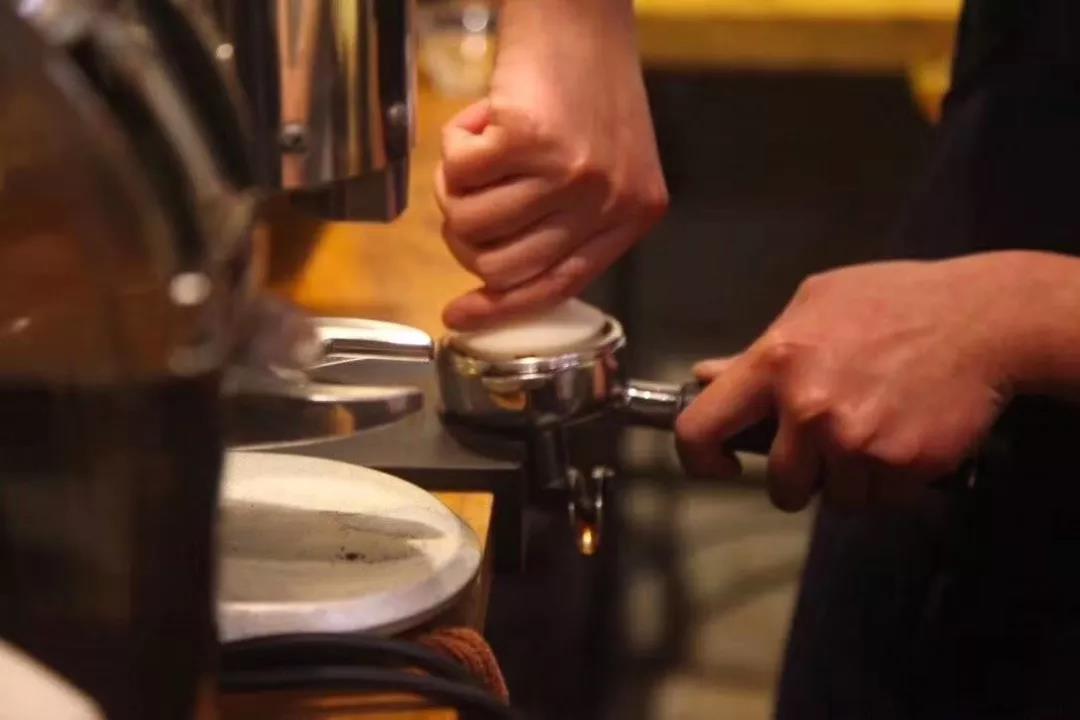
7. Clean powder bowl
Imagine ordering a cappuccino and drinking coffee grounds in it. To avoid this, make sure to clean the coffee powder around the bowl and around the edges.
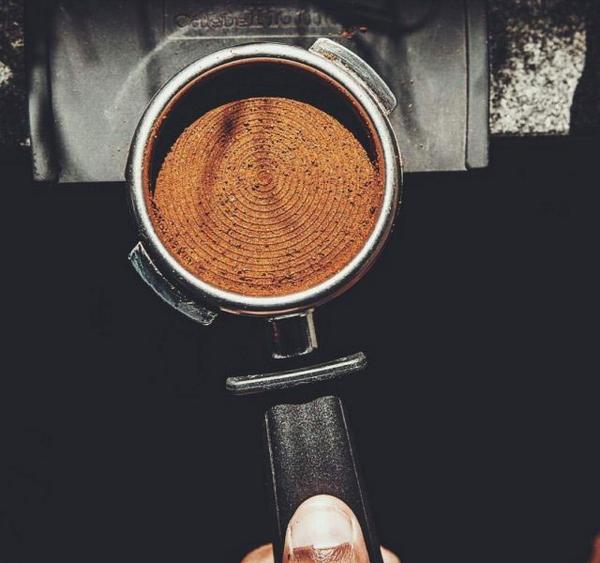
8. Clean the brewing head
Before installing the handle, you should clean the brewing head of the coffee maker, which will remove coffee grounds from it. Don't ignore this step, if residual coffee grounds enter, the final taste will be inconsistent.
9. Extract Espresso
Finally, load the painstakingly prepared handle into the coffee maker and press the extract button to begin extracting your Espresso. Make sure you extract it immediately after installation. If you wait 2 minutes to answer the phone and come back, you'll have done everything for nothing.

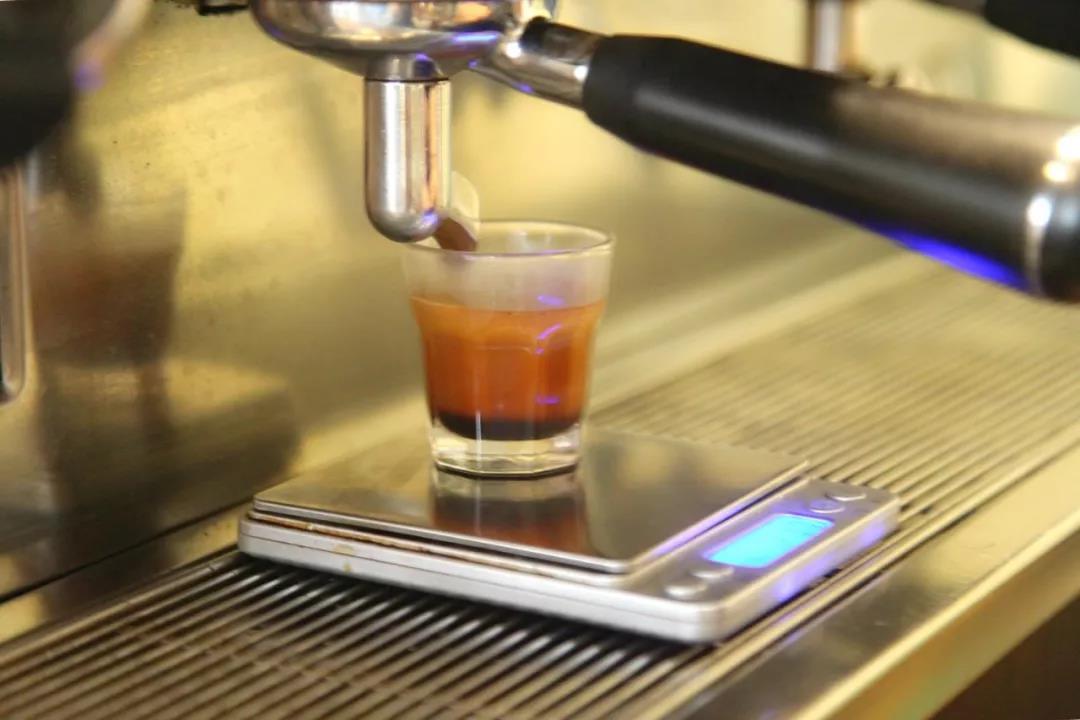
10 and coffee.
Whether the coffee machine automatically sets the extraction time or you manually press the stop button after 25 seconds, you can remove the coffee cup from the coffee machine tray once the extraction is complete. A cup of Espresso is finished and you can serve it directly to the guest, or whip it up to start making lattes or cappuccinos.
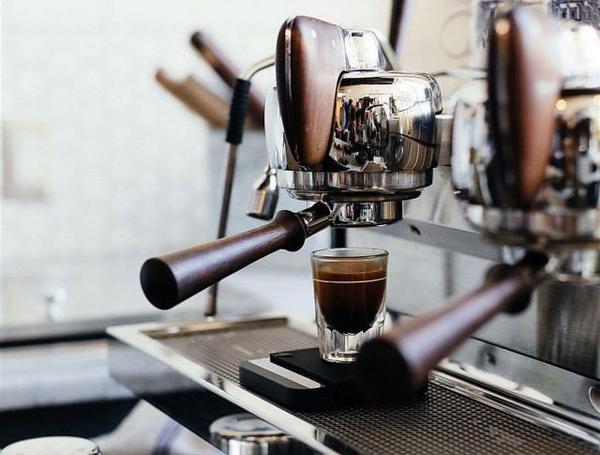

11. Throw away the powder cake
Remove the handle from the coffee maker and pour the extracted coffee grounds into a special box. Remember never to skip this step. After all, it's hard to let coffee grounds stew in a coffee machine.
12. Cleaning
Rinse your handles for the next Espresso.
13. Clean the brewing head
Turn on the drain button and clean the brew head with a small brush. You need to thoroughly remove the coffee grounds left on it, otherwise it will ruin your next cup.
14. Replace the handle
Reattach the handle to the coffee maker. This will keep the handle clean and warm, and will not cause you to search for the handle while making your next Espresso.
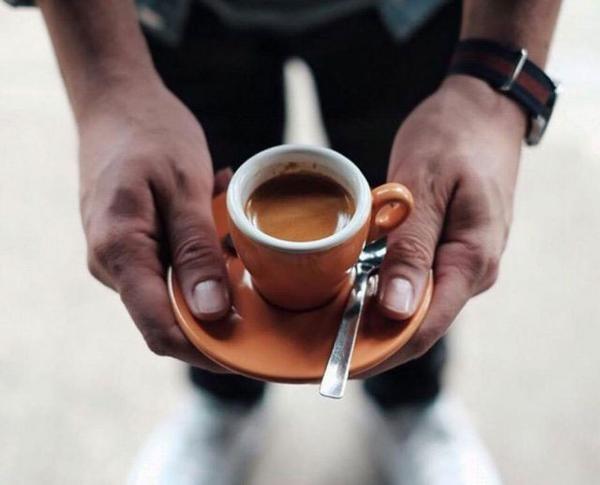
That's the 14 steps to making a cup of Espresso. It's just a basic reference step, but you'd better never ignore it.
Some of these steps may change over time, with increased work experience, and with the advent of new tools. That's the way it is in this business, there's always something new to learn.
Important Notice :
前街咖啡 FrontStreet Coffee has moved to new addredd:
FrontStreet Coffee Address: 315,Donghua East Road,GuangZhou
Tel:020 38364473
- Prev
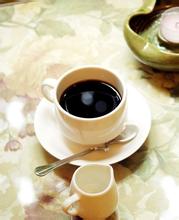
How to make a standard cappuccino with a fully automatic coffee machine?
How to make a standard cappuccino with a fully automatic coffee machine? The main feature of the automatic Italian coffee machine is that it is easy to use. Easy to operate! We should pay attention to the following points. For the cleanliness of water quality, tap water and mineral water without secondary purification should not be used. Pure water is recommended. The steam nozzle should be cleaned after use, which can prevent the residual milk from drying and blocking the nozzle. Rush
- Next
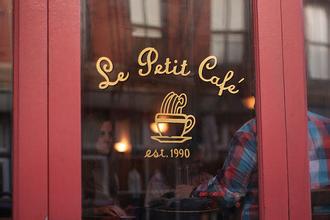
What is the reason why there is a layer of ash on the surface of espresso after washing milk?-the method of making espresso
Why is there a layer of ash on the surface of espresso after rinsing the milk? the acidity of espresso [Acidity]: the strong acidity of all coffee grown on the plateau. The sour here is different from bitterness and Sour, and has nothing to do with pH value. It refers to a fresh and lively quality that promotes coffee to exert its functions of invigorating the mind and clearing the taste. Coffee
Related
- Beginners will see the "Coffee pull flower" guide!
- What is the difference between ice blog purified milk and ordinary milk coffee?
- Why is the Philippines the largest producer of crops in Liberia?
- For coffee extraction, should the fine powder be retained?
- How does extracted espresso fill pressed powder? How much strength does it take to press the powder?
- How to make jasmine cold extract coffee? Is the jasmine + latte good?
- Will this little toy really make the coffee taste better? How does Lily Drip affect coffee extraction?
- Will the action of slapping the filter cup also affect coffee extraction?
- What's the difference between powder-to-water ratio and powder-to-liquid ratio?
- What is the Ethiopian local species? What does it have to do with Heirloom native species?

